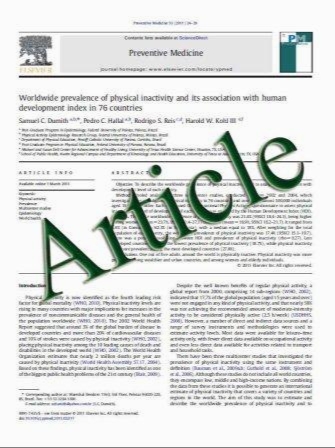Pancreatic Polypeptide Meal Response May Predict Gastric Band-Induced Weight Loss
- نوع فایل : کتاب
- زبان : انگلیسی
- مؤلف : Andrew F. R. Dixon & Carel W. le Roux & Mohammad A. Ghatei & Stephen R. Bloom & Toni L. McGee & John B. Dixon
- چاپ و سال / کشور: 2011
Description
Background Unknown hormonal and neural satiety signals are thought to drive sustainable weight loss following laparoscopic adjustable gastric banding (LAGB). The objective of this study was to investigate whether the structurally related satiety hormones pancreatic polypeptide (PP) and peptide YY (PYY) influence total percentage weight loss after LAGB. Methods A cross-sectional study examined 17 postoperative individuals who had already achieved a mean of 28% LAGB-induced weight loss (range, 10–38%). A prospective study assessed plasma PP and PYY meal responses in 16 obese individuals prior to LAGB. Results In the cross-sectional study, individuals with higher weight loss had lower PP meal responses (2-h AUC, R= -0.60, p=0.01) and lower fasting PYY levels (R=-0.55, p= 0.02). In the prospective study, subsequent mean weight loss was 20% (range, 5–50%) after a mean of 53 months. Low preoperative PP meal response (2-h AUC) predicted significantly higher subsequent weight loss after LAGB (R= -0.56, p=0.024). The eight individuals with the lowest PP meal response lost more weight than the eight with the highest PP meal response (median 25% vs. 14%, p=0.004). When compared across all three groups, mean PP meal responses did not differ. Fasting PYY levels, however, were significantly lower in the postoperative group compared to the group tested pre-operatively, or the BMI-matched controls (-30%, p=0.03). Conclusions PYY appears reduced in proportion to weight loss following LAGB, possibly representing attempted orexigenic homeostatic compensation. Although PP responses appear unchanged by weight loss status, low PP meal response may predict higher weight loss. PP meal response may be a biological marker that could predict an individual's susceptibility to the mechanism underlying LAGB-induced weight loss.
OBES SURG DOI 10.1007/s11695-011-0469-z


